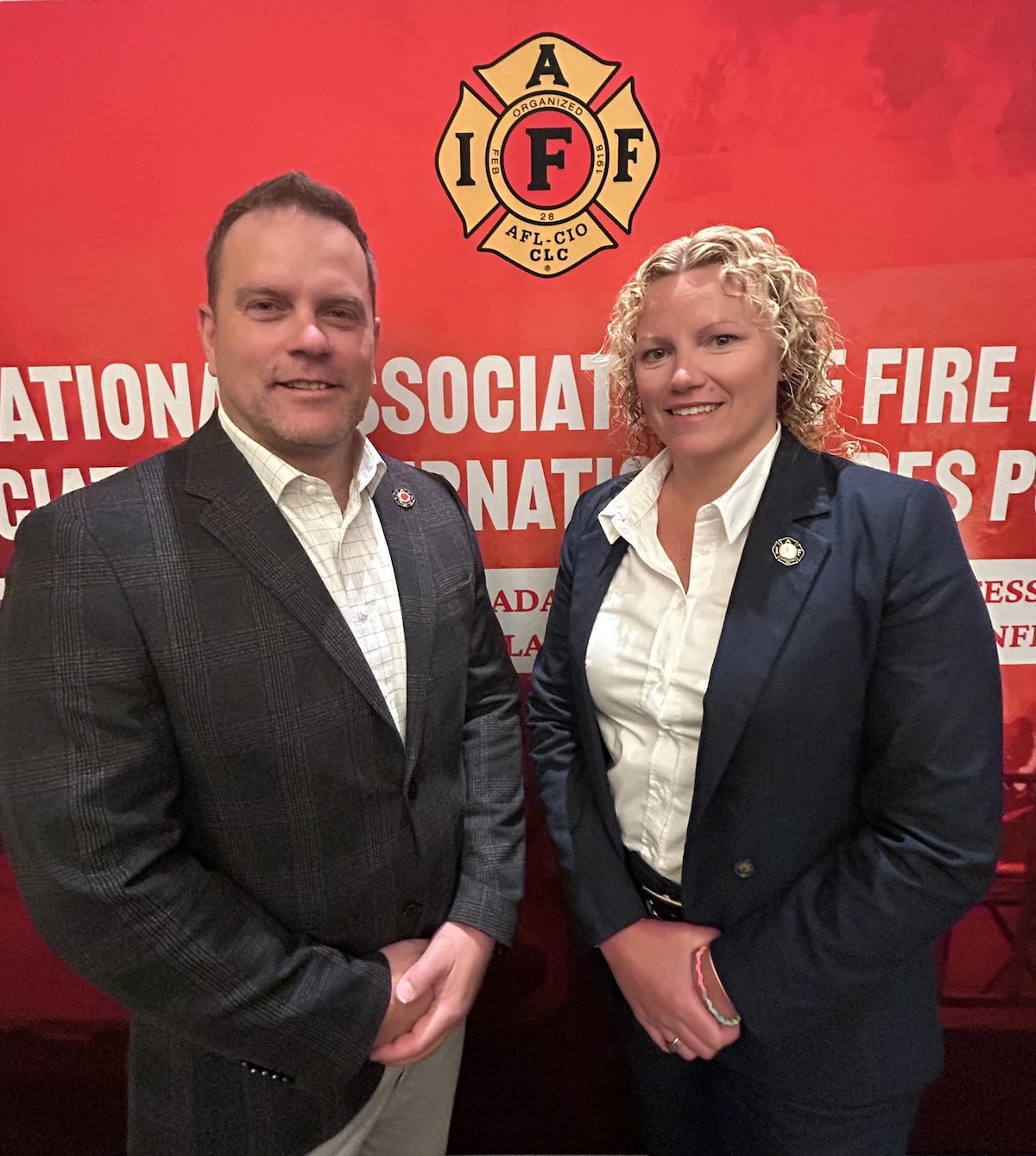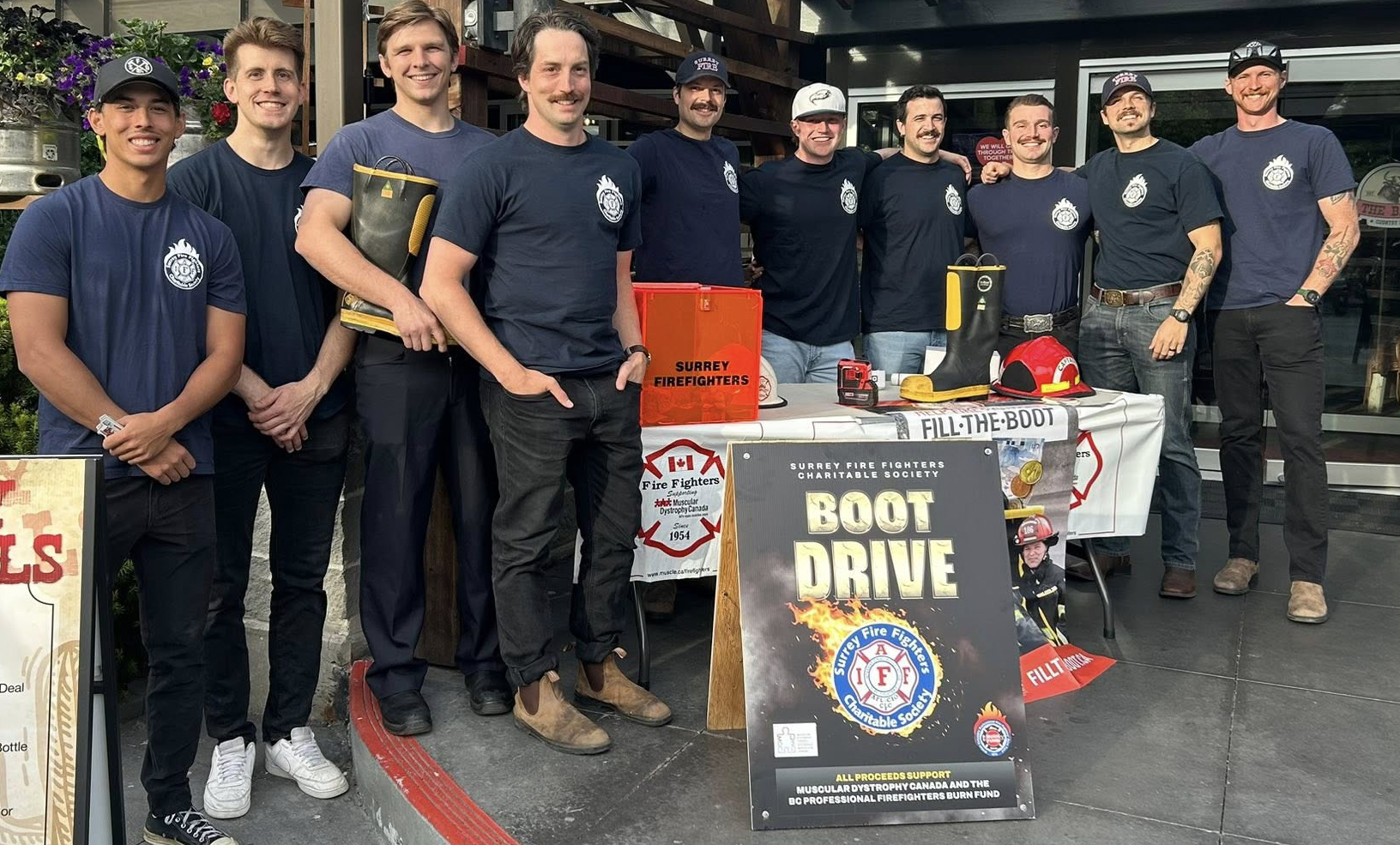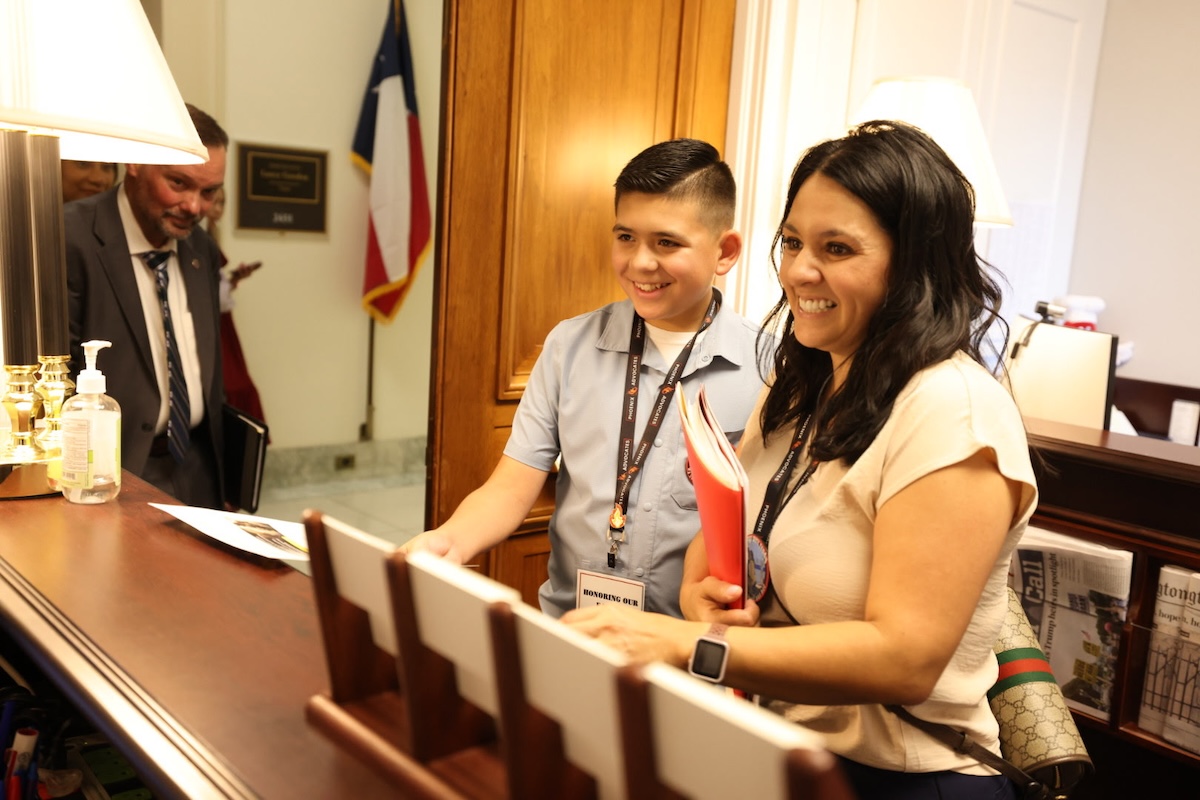It wasn’t until they were loading me onto the cold hard table of the CT scanner that somebody finally said the word out loud. Up to that point it had been, “We’re concerned about it,” or “This is abnormal,” or “We need to have it checked out.”
But when the tech, a guy who probably did this 10 times a day, came right out and asked me, well. It hit me like that proverbial ton of bricks:
“How long have you had cancer?”
Cancer. Just the sound of it. Cancer. Me.
For the next hour in the scanner, isolated from everything but my own thoughts, all I could do was wonder why.
I mean, why?
It’s the question everybody asks, but seriously: I was only 42, after all. Completely asymptomatic. There was no history of cancer in my family. I didn’t smoke and rarely drank. I worked out constantly, either at my job or after work. Pretty much everything I did for fun revolved around some kind of physical activity. I was in great shape, having just trained for and completed one of the world’s most challenging endurance events: The Moloka‘i Hoe, a 42-mile outrigger canoe paddling race across one of the most dangerous open-ocean channels. They even call it the World Championships of long-distance paddling, and our crew had finished strong.
So again, why? And right when I’d thought I had everything set up. Right after I’d finally transferred back to my dream station. Less than a year after the birth of my beautiful daughter, Kira. Right when life was…perfect.
How could this be?
The tumor had started in the sinuses between my eyes and my brain and spread to lymph nodes in my neck. That is where Dr. Alan DeSilva, our department physician, found it during my annual physical.
“You need to get it checked out,” was what he’d said. I told him I’d schedule an appointment. “No,” he told me. “I mean right now.” So, within a couple of hours, I was getting a needle biopsy done by an ENT specialist.
After an inconclusive result, I had a complete lymph node removal the day before Thanksgiving in 2010. The second biopsy revealed that it definitely was cancer, but no one knew what kind. It might be lymphoma, might be a rare cancer that only dogs get, or maybe …
So, while the experts were trying to figure it out, I did the usual, what no new cancer patient should ever do. I turned to Google to do some of my own “research.”
At long last, the answer came from Stanford Cancer Center, where they’d diagnosed what I had as something even rarer than that. Stage D esthesioneuroblastoma. Try saying that one three times fast. Never heard of it? Most haven’t. Fewer than 1,000 cases have ever been documented worldwide. To my doctors’ credit, they never mentioned what the survival odds were, only expressing confidence that I would make it through this. Google later told me I had a 14% chance.
Of course, I did a lot of reflecting. I had lived an incredible life up until that point and would have been content had I not made it. As Mae West once put it, “You only live once, but if you do it right, once is enough.”
But what broke my heart and left me sobbing uncontrollably in the locker room of our fire station late one night was the thought that if I died, my beautiful 8-month-old daughter wouldn’t remember how much her daddy loved her. I thought of how her smile and laugh melted my heart and that I wouldn’t have any influence on the person she would grow up to be.
The fight was hard, the journey was long, and I am still dealing with the scars both internal and external.
The primary tumor was removed endoscopically through my nostrils in a very delicate surgery; a couple lymph nodes next to my cervical vertebrae were deemed too risky to remove.
I’ve also undergone four follow-up surgeries so far to repair the damage done by the radiation. I lost over 50 pounds. I didn’t eat solid food for two and a half months due to the pain caused by Grade 4 oral mucositis radiation burns covering my mouth and throat. Something as simple as drinking water felt like it was burning acid.
It definitely gave me a new definition of what a 10-out-of-10 is. My radiation oncologist Dr. Quynh-Thu Le once described the process like this: “I am going to give you the worst sunburn of your life and then tomorrow you’re going to come back and do it again, and then again and again for the next two months until you reach your lifetime dose of radiation.”
I lost my sense of smell; the radiation having burned off my olfactory nerve. Radiation also severely damaged my saliva glands, requiring me to always carry a bottle of water. I lost over 60 decibels of hearing across the spectrum from ototoxicity of the platinum-based chemotherapy drugs — but that was replaced by a wonderfully high-pitched squealing noise 24/7.


In the middle of it all, I remember getting a call from Mike Dubron from the Firefighter Cancer Support Network. I’m not sure who reached out to Mike, but I’m pretty sure it was one of my friends from LACOFD.
I remember very little of what he said that day. I couldn’t even speak because the radiation had made it excruciatingly painful to talk, eat, or drink. I was on so many high-dose painkillers that it wouldn’t have been a coherent conversation anyway. However, that call and other calls, texts, and letters from friends and relatives meant everything to me. I was in a fight for my life and my family, and friends and the FCSN were there to support me.
With thoughts of my daughter, my family, and friends, I somehow made it over the finish line, lucky enough to ring that bell. I’ll remember it forever, that day. It was a cold, gray, rainy day as I walked the long path into Stanford Hospital to take a scan that would show if the treatments had been successful.
The gloom certainly didn’t help the anxiety of taking the most important test of my life. But after the scan was over, I came out to the most beautiful spring day. I walked back on that same path now basked in the warm sunlight with cherry blossoms falling like snow all around me. At that moment, I knew it was going to be ok.
Looking back at all of the exposures I’ve had at work, all of the shift work and other things I’ve encountered over the course of a normal fire career, it makes it pretty clear how I had actually been very susceptible to getting cancer despite my optimum physical condition, lack of familial cancer history, and so on.
I guess I’m a walking example that this can happen to any of us, and I’ve worked hard since my diagnosis to let others know the risks associated with the career we chose and love. I have been the FCSN Hawai‘i State Director for over 10 years and do my best to bring cancer awareness, education, and support to all fire fighters in Hawai‘i.
It all starts with a simple reminder I wish someone would’ve told me 25 years ago: protect yourself and your family from exposures to carcinogens by following best practices. Be active and as hard as it is at the fire station, try and eat healthily. Pay attention to your body, know what your “normal” is, and if something isn’t right for more than two weeks, go see your physician.
Take advantage of every opportunity you have to get a medical screening and testing. Again, looking back, if I’d taken my physical three months earlier, the cancer would not have metastasized to my lymph nodes, and they wouldn’t have caught it. Three months later? It would have been too late. Instead, thanks to lucky timing, incredible doctors, and a routine department physical, I’ve had 14 more years of hugging my daughter, 14 more years being a part of her life, and I get to tell her MYSELF how much I love her.
So, look forward to your next physical. It very well may save your life.
It did mine!
***
These IAFF member survivor stories were collected by the Firefighter Cancer Support Network for Fire Fighter Cancer Awareness Month in January.



